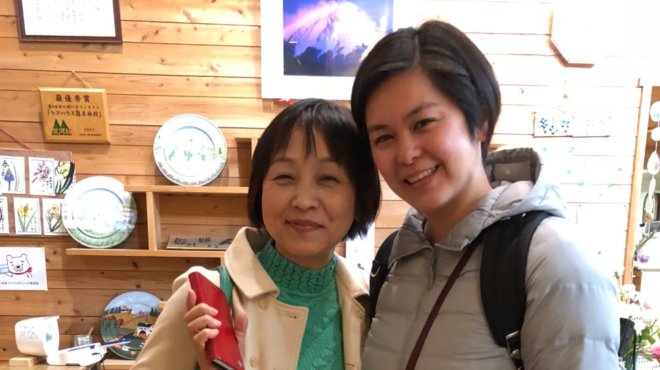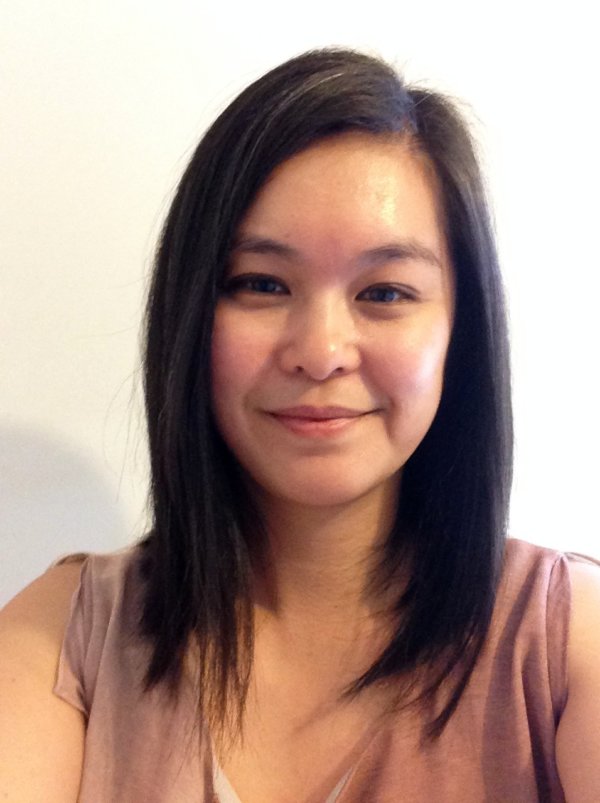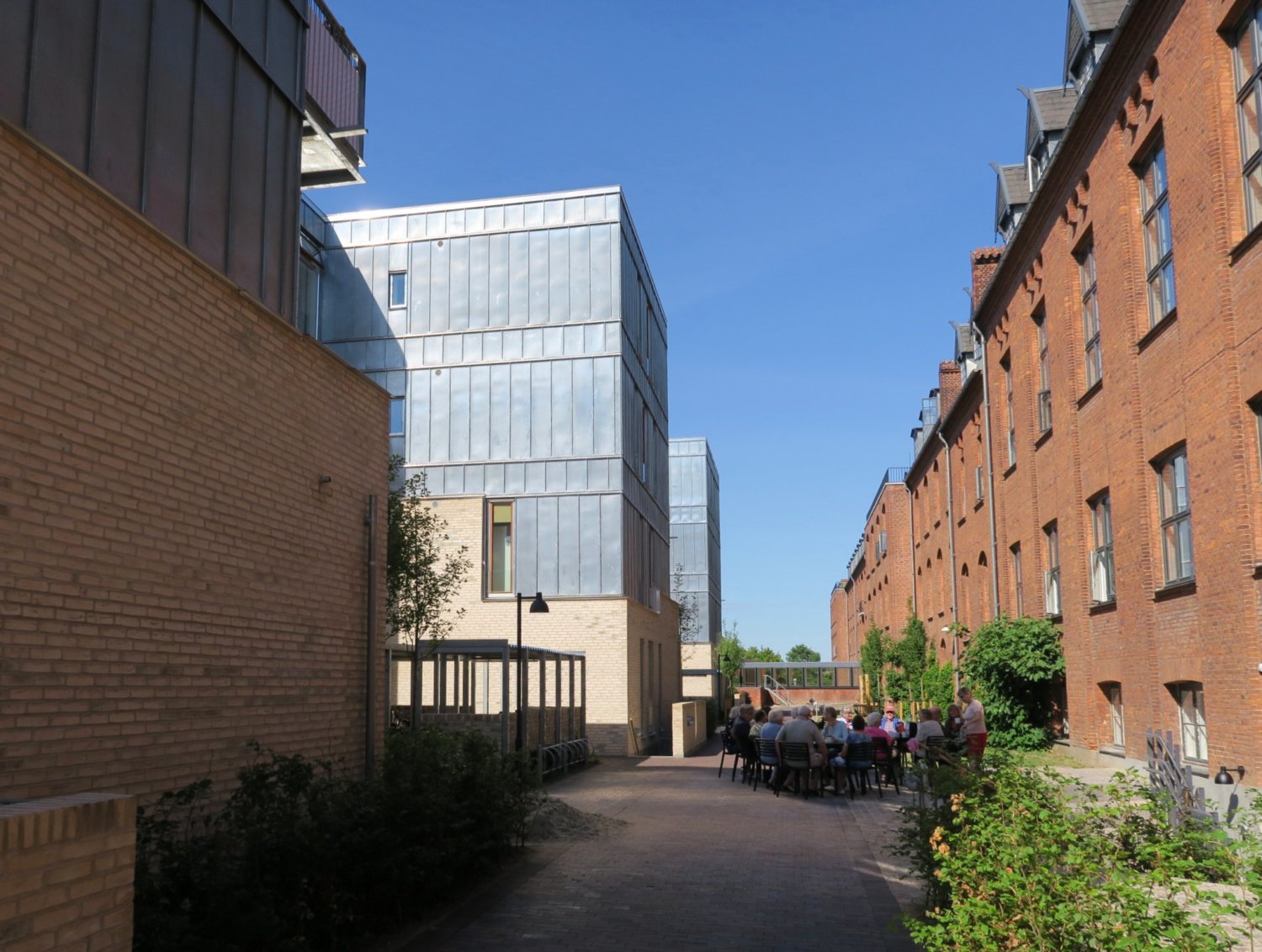
Cultural perspectives
By Fallon Bourgeois
When Monica Leung (MArch’11) was awarded the prestigious H. Allen Brooks Travelling Fellowship, it provided an opportunity to blend her interests in health and well-being with architecture and to contribute to a topic that is affecting virtually every country in the world: aging.
 Leung was interested in investigating elder housing from a cross-cultural perspective and learning about different approaches that can provide lessons regarding current issues facing senior housing.
Leung was interested in investigating elder housing from a cross-cultural perspective and learning about different approaches that can provide lessons regarding current issues facing senior housing.
“I had been looking for ways to knit my background in health (physiology) with architecture and the fellowship provided a lens to focus my research in this area,” says Leung who is an architect with Toronto-based MJMA design firm.
According to the United Nations, population ageing is poised to become one of the most significant social transformations of the twenty-first century, with implications for nearly all sectors of society, including our physical spaces.
On a personal level she was motivated to pursue this idea when she began to wonder what her parents’ housing situation would look like in their later years.
Time and space for contemplation
Established by H. Allen Brooks (LLD’84), a distinguished architectural historian, the fellowship is earmarked for an exceptionally promising Dal architecture student or recent graduate. Brooks’ intention was to support an architect in his or her travels and contemplation while observing, sketching, reading, or writing. He wanted to afford an architect the time and space to acquire knowledge useful to their future work, and contribution to the profession, and to society.
And that’s exactly what Leung was able to do. For the better part of 2018 she travelled to four countries – Canada, Japan, Denmark and the Netherlands to observe approaches to elder housing.
“I chose Canada because I wanted to understand the situation at home. Japan has one of largest, ageing populations so I felt it was important to observe how they were addressing the issue,” explains Leung adding that she selected Denmark and the Netherlands because they have strong histories as social welfare states and are seen as leaders in the field of elder housing.
Through her travels she observed many different approaches. “I was blown away by what I saw in Denmark. They emphasize home care and support rather than institutionalization. In Japan, I observed how spaces are designed to help people maintain dignity. In Canada we see a lot of long-term care and a much more medical approach toward elder housing.”
She continues, “Through my travels I saw that elders live in so many ways. There is no one typology that will solve this issue; it will take collaboration across many disciplines to address the issue of changing our physical spaces for ageing.”
When she considers what she hopes could change in Canada, she says: “I’d like to see elder housing not treated with such a strong label and a specified idea of what that means.”
Advancing the conversation
As part of the fellowship, Leung prepared a report with findings and recommendations around elder housing. She’s shared these with the Royal Architectural Institute of Canada’s Age Friendly Housing Options Task Force. She hopes it will be beneficial to their work and can be used to inform changes in Canada.
“Elder housing is not considered a super glamourous topic in architecture. I hope that through the study and research I’ve done, I’m able to change the conversation and people’s mind set on the topic and inspire others to consider that this is important to tackle. As architects we play an important role in shaping these spaces. I’m extremely grateful the fellowship gave me the time and resources to contribute to this conversation.”


